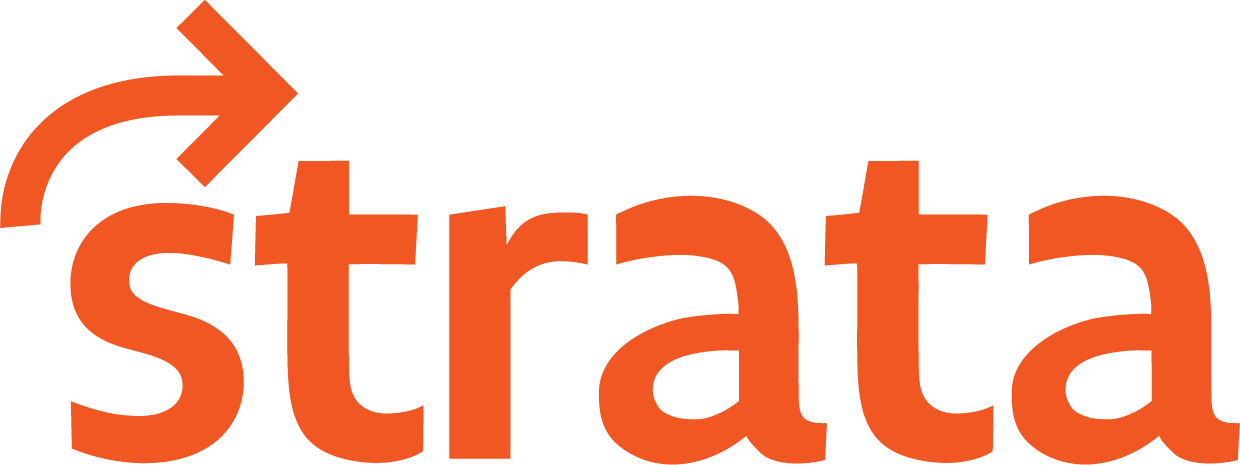Entity Model Management
Overview
Entity Model management allows MailTech users to organize their targeting data under different classes of records that retain semantic meaning. Organizations have access to the following entities by default: Individuals & Companies. This feature allows user to ensure that fields are stored on the entity they describe - for example, when uploading a B2B contact list, users can include both company firmographics and individuals working at those firms in the same file while ensuring that mailtech understands which field describes which entity. This is hugely important for targeting and personalization features.
Individual Entity: MailTech’s model representation of a person. All managed fields that store data that describe a person (i.e. First Name) will be assigned to this entity.
Company Entity: MailTech’s model representation of a company. All managed fields that store data that describe a company (I.e. annual_revenue) will be assigned to this entity.
Address Entity: MailTech’s model representation of a physical address. All managed fields that store data that describe an address (I.e. cencus_income) will be assigned to this entity.
Why Bother?
Correctly configuring the Entity Model is worth while as they empower users by providing intuitive tools for importing & managing 1st party data in MailTech, including:
Effortless 1st Party data import and mapping for semantic dependent features
Dynamic management of Org specific fields
Improved visibility & organization of 1st party data with structured entity fields and list filtering.
Integration-friendly design, allowing seamless connections to CRM and marketing automation platforms.
